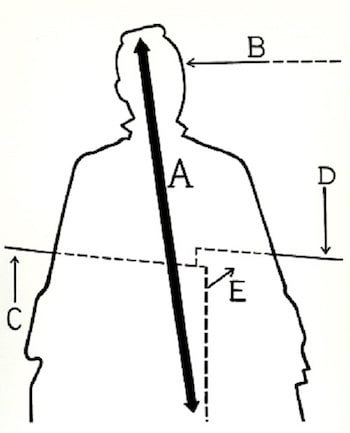Portrait of Madame Cezanne, 1962 by Roy Lichtenstein

Roy Lichtenstein created Portrait of Madame Cezanne (sometimes Portrait of Mrs. Cezanne) in 1962. It is a quotation of Erle Loran's diagram of a Cezanne painting of the same name. It was one of the works exhibited at
Lichtenstein's first solo exhibition in Los Angeles. The work became controversial in that it led to a reconsideration of what constitutes art.
Lichtenstein and Loran sparred in the press, and art critics were intrigued by the viewpoints of the two. Loran's view was that Lichtenstein had plagiarized his work, and at one point filed suit. Lichtenstein felt that he
was making a statement with his painting on the ridiculous attempt by Loran to explain Cezanne by diagram. The press frequently used the word transformation when crediting Lichtenstein's
work, but Lichtenstein attempted not to accept the association of his work with that word.
Portrait of Madame Cezanne was exhibited along with works such as Man with Folded Arms at Lichtentein's first Pop exhibition in Los Angeles. The linear twice-removed black-and-white (along with Man with Folded Arms) is
regarded as a quotation of Erle Loran's outline diagram of compositional methods used in Cezanne's paintings, published in a diagram book called Cezanne's Composition.
The book was popular in the academic community. Loran's representation in a "harsh black outline" depicted the axes of the composition without representing the "texture and expressiveness of Cezanne's original." In fact,
Loran stated that "this diagrammatic approach may seem coldly analytical to those who like vagueness and poetry in art criticism." Loran's diagrammatic techniques were standard at the time; redrawn outlines of the figure
were illustrated with alphabetized arrows to identify areas and directions. The diagram highlighted body part positioning without studying the painted surface.
